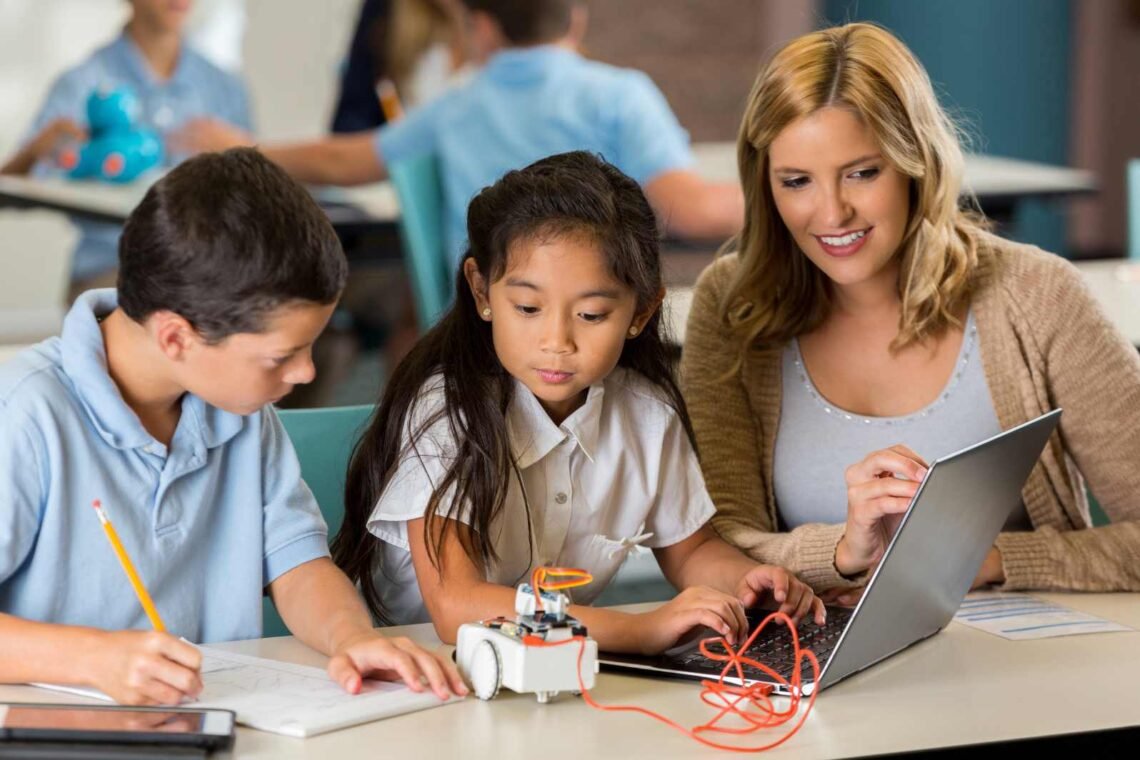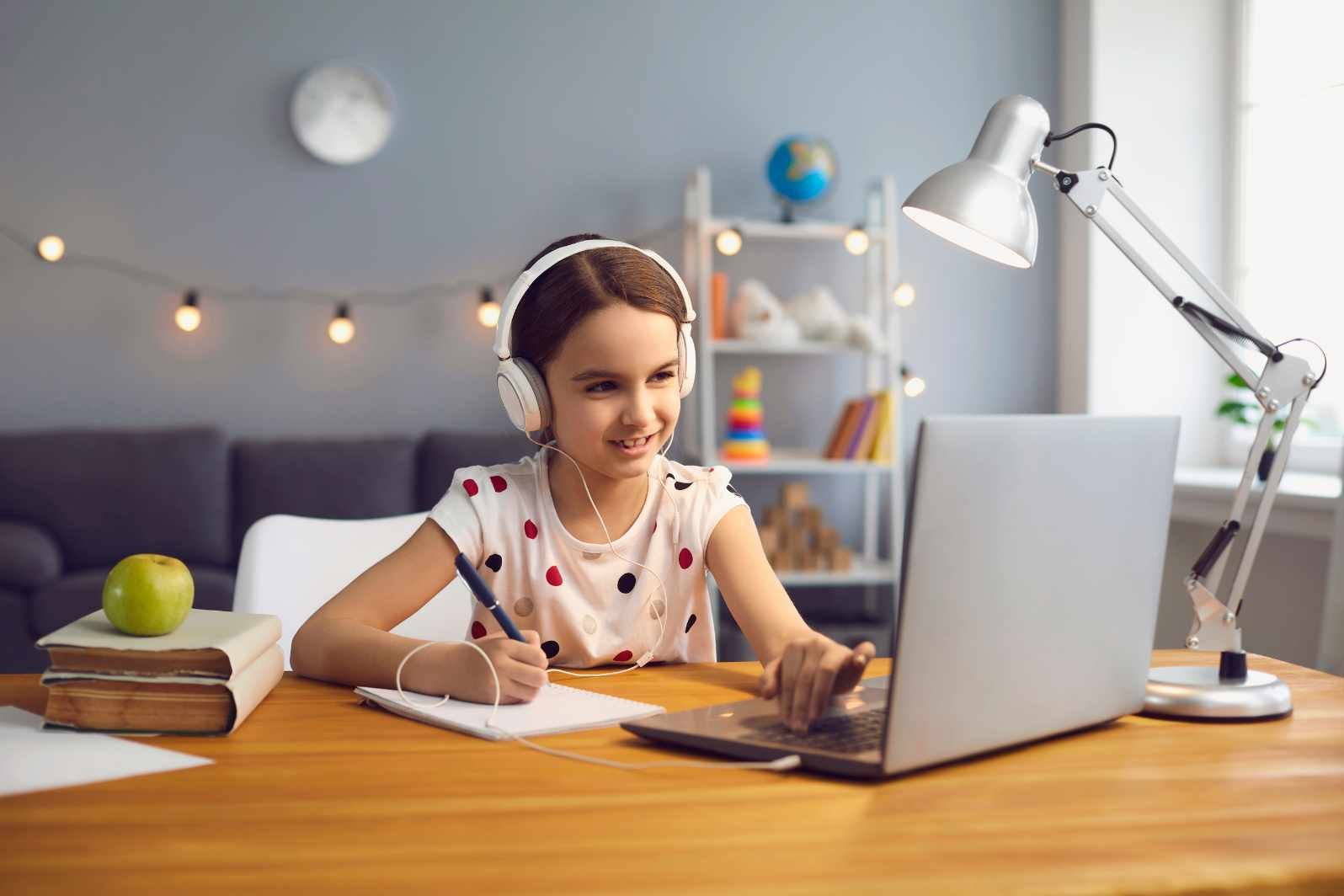Gone are the days when education meant cramming textbooks to pass exams. SCHOOLS AROUND the world are embracing Project-Based Learning (PBL) — a teaching method in which students gain knowledge and skills by working for an extended period of time to investigate and respond to an authentic, engaging and complex question, problem or challenge. Rather than passively listening to lectures, game-based learning encourages students to collaborate to solve problems, discuss ideas and test-try solutions. This change is turning classrooms into active environments where curiosity and creative thinking flourish.
What Is Project-Based Learning?
Project Based Learning is a teaching method in which students gain knowledge and skills by working for an extended time to investigate and respond to an engaging and complex question, problem, or challenge. Teachers lead students through long-term projects that engage research, collaboration and critical thinking. For example, rather than just learning about pollution in science class, students could design a campaign to raise awareness in their community or invent prototypes for eco-friendly products.
Why Schools Are Moving Toward PBL
1. Engagement Over Memorization
Conventional methods often fail to engage students. PBL is an interactive form of learning that helps students understand how their knowledge can be applied to the real world.
2. Developing Future Skills
The world today calls for problem-solving, critical thinking, collaboration and adaptability. These “future ready” skills are naturally woven into PBL as we cover the academic content.
3. Personalized Learning
“Projects allow students to have a more personal approach to how they want to learn and explore and present their ideas. This flexibility provides for a meaningful and personalized learning experience.
4. Stronger Teacher-Student Connection
Teachers are mentors instead of lecturers, guiding students through inquiry, discovery and problem solving.
5. Deeper Knowledge Retention
And students learn better when they actually use the information than when they blindly memorize.
Examples of PBL in Action
- STEM Projects: Building robots, developing apps, producing models for sustainable energy sources.
- Humanities Projects: Producing documentaries on local history or writing and printing a book.
- Community Projects: Collaborating with community organizations to solve real world problems, such as decreasing waste or making neighborhoods safer.
The Impact on Schools
- Some of the things schools that are do PBL see are:
- Improved student motivation and participation.
- Higher collaboration among students.
- Stronger scores on tests of critical thinking.
A more direct connection between academic study and global necessity.
Challenges Ahead
PBL, as thrilling as it is, is not without its challenges.
- Training the teachers to lead the projects in a suitable way.
- Greater time and effort than its traditional counterpart.
- Changes in grading criteria to accurately assess creativity, team work, and problem-solving.
FAQs
Q1. How does PBL contrast with traditional teaching?
Conventional educators focus on teaching as lectures and testing; a pedagogy which PBL replaces by experiential learning and real-world tasks done in groups.
Q2. What is the content taught in PBL course compared to the control?
Yes. PBL is supposed to address curriculum goals in a more interactive way and promote deeper understanding.
Q3. The Impact of PBL on Students What do students get out of PBL?
Students develop teamwork, communication, problem-solving, research, creativity and critical-thinking skills, vital for careers and life.
Q4. Is Problem Based Learning (PBL) appropriate for all grades?
Absolutely. And though the projects might vary for young children versus high schoolers, PBL can work for all ages.
Q5. Are students better off with PBL?
Studies have indicated that students not only become more engaged and retain knowledge better in PBL, but also develop better critical-thinking skills.





